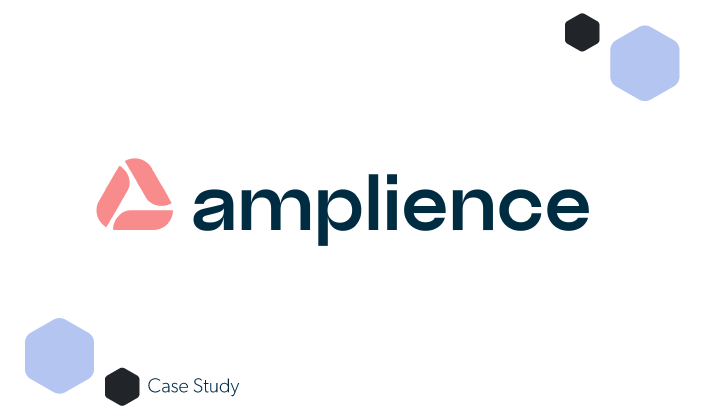Enable Hybrid Work
Secure, manage, and streamline work from anywhere with full visibility and control over identities, access, and devices–all from the cloud.
38%
Of IT professionals cite the ongoing management of remote/hybrid workers as one of their biggest challenges.
41%
Of IT professionals cite the cost of solutions required to make remote/hybrid work happen as another of their biggest challenges.
83%
Of organizations do not have a mature approach to access management, resulting in 2x more breaches.
Empower Work From Anywhere
Simplify your distributed workforce and BYOD (Bring Your Own Device) program with a unified IT management solution. Give remote, on-site, and BYOD users seamless, secure access to any resource they need. JumpCloud offers the visibility, control, and centralized management you need to protect identities, access, and devices, no matter where work happens.
“[With JumpCloud,] it was so easy for everyone to go remote. I didn’t have to worry about how they were going to connect to the directory server or how the firewalls needed to be set up so people were able to access everything. It was really just a matter of, ‘OK, well, just pick up your laptop and go home.’”
Product Details
Open Cloud Directory
Centralized, secure, and robust identity, access, and device management capabilities.
Learn MoreIdentity Lifecycle Management
Create, update, and revoke user identities and access from a unified open directory platform.
Learn MoreCross-OS Device Management
Securely and centrally manage your entire fleet — including Windows, macOS, and Linux devices.
Learn MoreMobile Device Management
Easily enroll and manage mobile devices from the same pane of glass as the rest of your fleet.
Learn MoreSingle Sign-On
Give users frictionless access to SAML and OIDC-based web apps, via one, unified login.
Learn MoreMulti-Factor Authentication
Secure digital resources, and prevent unauthorized login attempts by enforcing MFA everywhere.
Learn More








